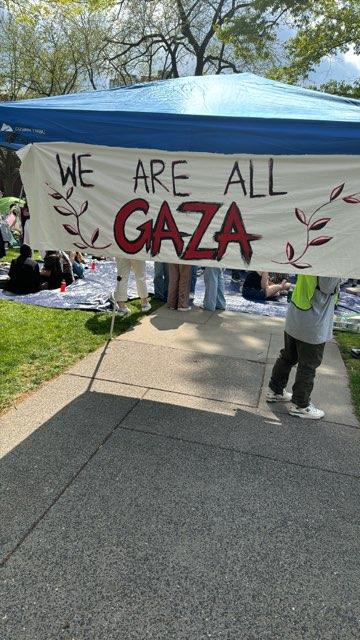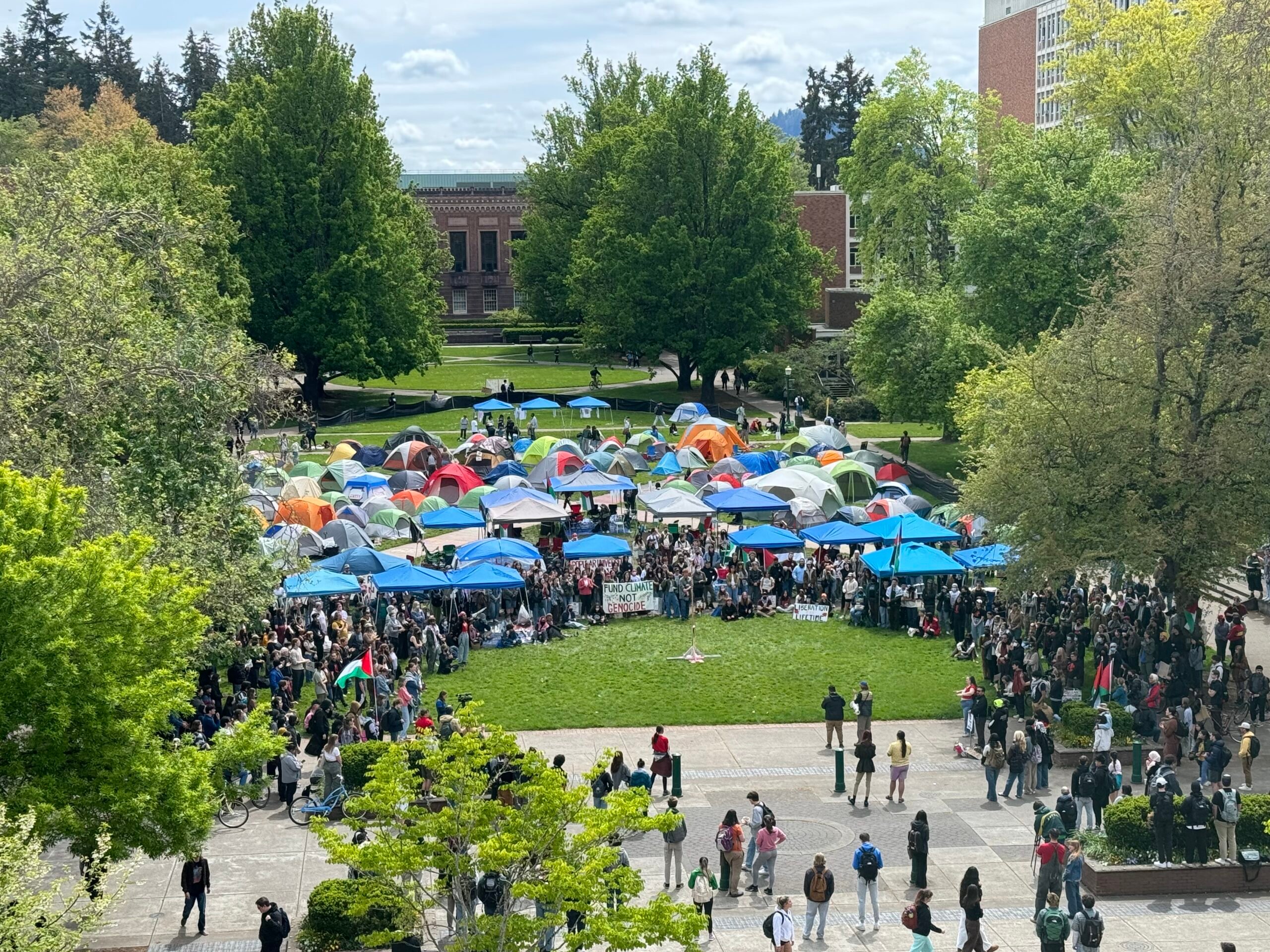(Courtesy of Artscroll) It all began with a man named Reb Yisroel Zilberberg, who established an organization called Maftei’ach Shel Banim that focused on offering spiritual assistance to couples waiting to be blessed with children. His involvement in their lives began in a very modest way, with Reb Yisroel compiling Torah thoughts and ideas that he felt could serve as chizuk for those who were waiting for a yeshua, segulos that he found in Chazal and other relevant Torah ideas, which he shared with those in need.
Reb Yisroel had a good friend named Yechiel who was married for over 10 years and had not yet been blessed with children. Needless to say, the couple was utterly heartbroken. Reb Yisroel saw a talented person with tremendous kochos who was suffering terribly. Although he was going through a very difficult time, Yechiel was very interested in the vertlach Reb Yisroel was working on and began helping him track down sources in Chazal pertaining to the topic of bearing children. After a while, Yechiel suggested that they begin distributing their Torah thoughts on a wider scale so that more people could receive chizuk from their efforts.
At that time Reb Yisroel was a young man with no writing experience, but Yechiel was persistent, and in the end Reb Yisroel relented and began by distributing the Torah they had compiled in a weekly chizuk newsletter. They didn’t write about the challenges of waiting for children, focusing instead on beautiful Torah ideas that would help lift people out of their depression with thoughts of joy and hope. Their initiative succeeded and the list grew to include some 700 people around the world who enjoyed their writing and the words of chizuk. Some of the people were sent the newsletter in email form, and others received hard copies in the mail. One friend brought another and their list grew from week to week.
This was when Reb Yisroel met a man named Reb Binyomin Paskesz from Williamsburg. Reb Binyomin came across the Torah content they were publishing, connected with what they were trying to do, and added another 80 names to their list—people whom he felt would benefit from being a part of Maftei’ach Shel Banim. Reb Binyomin is a doer and, through his efforts, they were able to reach more and more people in need in the United States.
Meanwhile, however, Reb Yechiel had still not merited a yeshua of his own. Reb Yisroel watched with sadness as Yechiel grew more withdrawn and hurt with the passing years. His hopes dimming, they seemed increasingly like a dream that would never come true.
Throughout those early years, Reb Yisroel Zilberberg received a number of phone calls from people who wanted him to write about assorted sefarim that had been instrumental in bringing yeshuos to people.
The title of one sefer was Zera Shimshon.
“Why don’t you write about this sefer in your weekly newsletter?” they suggested, but he didn’t take them seriously. He had never heard of the sefer, he had plenty of material from other sources, and he simply didn’t get around to it.
And so while Reb Zilberberg’s organization was growing and he was helping more and more people with his work, he had still not opened a Zera Shimshon.
In the winter of 2007, a friend of Rabbi Nachman Seltzer approached him after davening on Friday night in Ramat Beit Shemesh and asked if he had time to listen to a story that had happened to his father-in-law, who lived in Manchester. The story involved the Zera Shimshon, written by Rav Shimshon Chaim Nachmani, zt”l, who authored a number of sefarim. This tzaddik had had one son, who passed away during Rav Nachmani’s lifetime. He therefore made the decision to leave behind sefarim for people to learn, and he writes in the sefer’s introduction that he promises all sorts of blessings to one who studies his sefer: “Hashem will stand by his side; the person who learns the sefer will sit at his table surrounded by his children and family; beautiful blessings, all given wholeheartedly to the person who studies his sefer. A house filled with everything good… The brachos will begin in this world and carry on in the World to
Come. …”
In the weeks following the story’s publication, readers reached out, trying to get hold of the sefer—only to learn that precious few copies of it were still in existence. The majority of sefarim stores didn’t carry the sefer, and those that did had them in storage. They were covered in dust and could be purchased at a low price.
Zera Shimshon, and its companion sefer Toldos Shimshon, had been written by Rav Nachmani, who was a great talmid chacham and tzaddik from the Italian city of Modina. He had served as rav in various Italian communities—Modina, Pisa, Sienna and Rego. Not only was he revered and respected in his own town, but Rav Nachmani was appointed rav for at least five satellite towns as well.
Rav Nachmani was the grandson of Rav Yehuda Matzliach, one of the greatest of Italian rabbanim. Rav Nachmani studied under the father-in-law of the Ramchal, Rav Dovid Pinci, and was a talmid of Rav Binyomin HaKohen b’inyanei Kabbalah. He grew in Torah and was highly regarded by the greatest gedolim of his day. The Chida referred to him as “chasida kaddisha”—an extremely righteous individual, and writes, “I have heard that he was proficient in practical Kabbalah and that he requested that all his private writings on Kabbalah be buried with him when he passed away.”
Though the Zera Shimshon was blessed with a son, he passed away in Rav Shimshon Chaim’s lifetime, and this served as a source of motivation for the promise that he penned in the introduction to his sefarim. He also called the sefarim Toldos Shimshon and Zera
Shimshon respectively, titles that indicate that he regarded his sefarim as a personal contribution to the world—they were his “children,” so to speak—and would serve to memorialize him for all time.
For years, almost no one learned the sefarim. Hardly anyone had even heard of them. They had been published in an old-fashioned font and were very difficult to read and understand. But Rabbi Seltzer’s article about the sefer in 2007 took the Torah world by storm. Suddenly everyone wanted a copy of the sefer. It became almost impossible to acquire a Zera Shimshon because they had all been bought.
The sefer had gone from one that no one knew about to something that everyone wanted. It was incredible to see.
But it didn’t end there. Months passed, then years, and people still called Rabbi Seltzer asking, almost begging, for details about the sefer. He told them to get in touch with Rav Wagschal from Williamsburg, because his was the contact name and phone number provided on the flyleaf of the lone sefer Rabbi Seltzer had. The number was an old one—six digits in all—although Rav Wagschal’s Williamsburg address was included. It seemed that those who wanted to possess a copy of the Zera Shimshon would have to work that much harder to obtain it. Five years passed. Still people got in touch, wanting to know how to track down the sefer.
In 2012, Rav Yitzchok Yosef Zilberberg, one of the roshei yeshiva of Yeshivas Ohel Shimon-Erlau, and Reb Yisroel’s father, visited Canada for a wedding. A chashuve rosh yeshiva, his father was closely acquainted with his son’s friend Yechiel, having taught him in yeshivah, and was looking forward to hearing good news from his former talmid. During the course of the meal, someone shared a vort with him from the Zera Shimshon.
“Who is the Zera Shimshon?” Reb Yisroel’s father wanted to know. He had never heard of the sefer, and here this person was sharing this vort with a real bren, as if the Zera Shimshon were a
famous Torah work—yet he, a prominent rosh yeshiva, had never even heard the name mentioned.
The man who had told him the vort pointed at someone else who was just passing by.
“See that man?” he said. “His name is Reb Reuven Sharf. He’s from Boro Park, and he was instrumental in the original publishing of the sefer many years ago.”
Reb Yisroel’s father approached the man and asked him about the sefer. Reb Reuven listened and began enthusiastically telling the Israeli rosh yeshiva all about the Zera Shimshon.
“It all began about 40 years ago,” Reb Reuven Scharf said, the nostalgia evident in his voice. “I was a yungerman who worked in the sefarim-printing business. One day, someone entered my store with a copy of the original version of the sefer.
“‘Look here,’ he said to me. ‘This sefer was printed only once in the lifetime of the mechaber and never printed again. But look at what the author writes in the introduction… He really, really wants people to learn his sefer…’”
“I promised to take a closer look at the sefer. If it was that important to the author that Yidden learn his sefer, I decided that I would see what I could do. However, even with the greatest of intentions I still had a problem, because it was going to take a large amount of money to publish the sefer and I had no idea if I would manage to cover the costs! Doing a chesed for the mechaber was one thing, but I didn’t want to go into major debt either! I made a calculation and realized that I would need about $5,000 to print the sefer. So I visited a friend of mine who had been married for a while and still didn’t have any children and I asked him for the money.
“‘Would you consider paying for the printing of this sefer?’
“He wanted to know why he should choose this sefer over any other. I told him about the mechaber’s bracha in the introduction.
“‘Perhaps in the zechus of paying for the printing of this sefer, the Zera Shimshon’s bracha will come true for you.’
“My friend agreed, gave me the money, and, indeed, was blessed with a child later that same year!
“With the money in hand,” Reb Reuven continued, “I visited Reb Naftali Elimelech Wagschal from Williamsburg, who was also still waiting to be blessed with children, and I told him that based on what the mechaber had written it would be kedai for him to get involved. I asked him to head the team of talmidei chachamim who would review the entire sefer, make the necessary corrections, and help prepare the sefer for printing.”
Reb Naftali Elimelech consulted with the Kashau Rav of Williamsburg, who advised him to spearhead the project. He then handpicked a team of three avreichim who, in addition to being
outstanding talmidei chachamim, were all still waiting to be blessed with children. In an astonishing turn of events, all three had children even before the sefer was printed! Rav Wagschal, too, ended up with a beautiful family.
***
As he began investigating the Zera Shimshon, Reb Binyomin Paskesz called Rabbi Seltzer to ask him to write another article about the sefer so that people would know about the treasure in their midst.
And so the story really began. Because that was when Reb Yisroel and Reb Binyomin started including vertlach from the Zera Shimshon in their weekly Torah newsletter. They also began working on the publication of another beautiful version of the sefer.
And more and more stories began coming their way.
After another article was published, Reb Binyomin’s phone began ringing off the hook. This would eventually lead to multiple shiurim in Zera Shimshon all over the globe, as well as a website devoted to its Torah. Today a person can listen to shiurim on the sefer in Hebrew,
Yiddish and English. At long last, people have become aware of what has lain dormant for so many years.
Things have begun to spiral as more and more people hear about the sefer, learn the sefer, and benefit from its influence on their lives. In addition, Reb Yisroel and Reb Binyomin are constantly involved in numerous Zera Shimshon projects, such as the weekly “Zera Shimshon on the Parsha” newsletter. Now, ArtScroll is publishing a groundbreaking 10-volume set of Zera Shimshon, translated, annotated and elucidated. The excitement and anticipation surrounding this project are palpable.
“All this started,” said Reb Yisroel, “with a Tu B’Shevat party and the miracle that occurred shortly afterward—that we couldn’t and didn’t want to ignore. Reb Yechiel’s personal yeshua spurred us to make the sefer accessible to everyone who could benefit from it. It caused Reb Binyomin to reach out to Rabbi Wagschal and to ask him to reprint the sefer, for which Reb Binyomin raised funds. As it became more and more well known, they could feel that the mechaber of the sefer, Rav Shimshon Chaim Nachmani, was smiling down at them from Shamayim.”
***
“There’s a point to consider,” said Reb Yisroel. “Many people have told me that they learn the sefer for one reason: because a tzaddik asked them to. Not because of the segulah and not because of the promises in the introduction and not because of the countless miracles that we have heard about. Just because Rav Shimshon Chaim Nachmani of Italy left a tzava’ah asking klal Yisrael to learn his sefer.
“Everything else—while a nice side benefit, perhaps—is secondary. The Zera Shimshon passed away without children. His sefarim are his children and he is filled with gratitude when we learn his Torah.
“Though there are many amazing stories about the efficacy of the Zera Shimshon for those looking for yeshuos, there is no such thing as an iron-clad segula with guaranteed results. What is guaranteed is that you will read beautiful, profound and inspiring divrei Torah—and fulfill the wishes of the author, a true gadol b’Yisrael.”
There is virtually nothing like the Zera Shimshon in Jewish literature. A tzaddik of this stature without any memory in this world—no children or known kever location. Just his sefarim.
And a promise and blessing to those who study his writings.
Who doesn’t want his promise and blessing?
What people have found, however, is that they may have come for the segulah, but they stay for the Torah, which is enlightening, insightful and uplifting.












